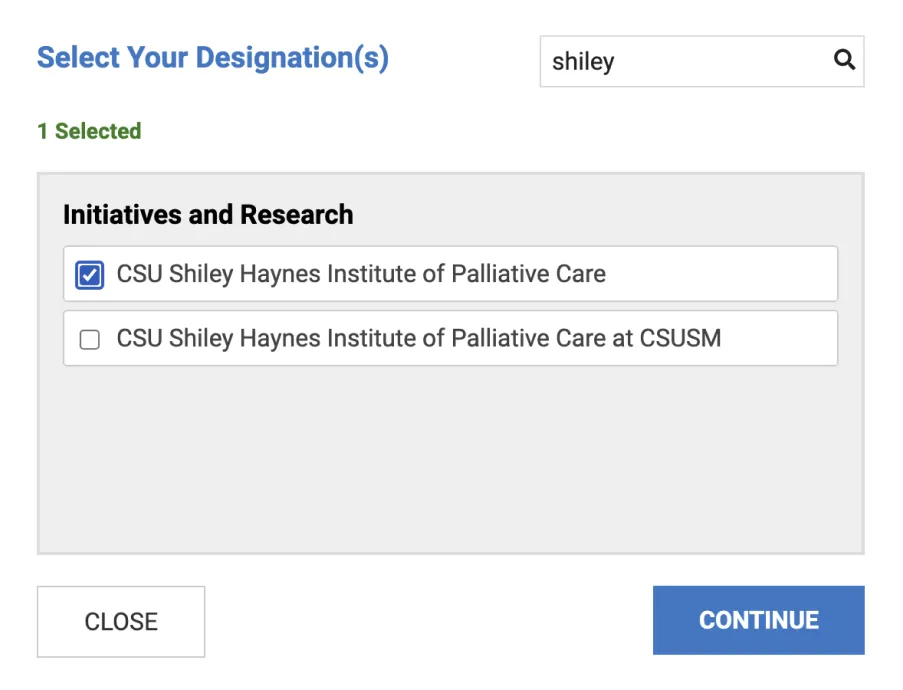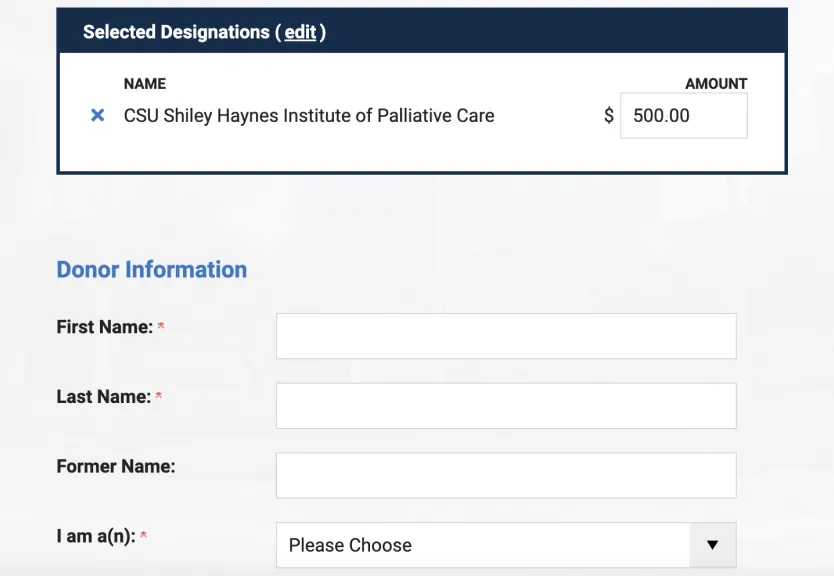Guest Contributor: Kathy Brandt
I hear it from administrators and clinicians across the country, “how do I show my CEO/executive team/board that community-based palliative care is worth the investment of time and resources?” The answer… identify the need and present the return on investment that is important to your audience.
Unlike hospital-based palliative care, finding the data to demonstrate the need is hard to come by unless you have access to data through a payer or a health system. However it is possible for providers to utilize publically available data to demonstrate the potential return on investment of a community-based palliative care program.
The data needed to make the case for your program is predicated on knowing what’s important to your audience or what challenge they are facing. In their course, Creating Data-driven Proposals and Presentations for Your Palliative Care Program, J Brian Cassel and Kathleen Kerr emphasize the need to use data to demonstrate how palliative care can address the issue that is most important to the audience. Their advice is to start with data you have and/or data you can easily get that illustrates the challenge facing your audience/organization.
Rather than just dump interesting data that you can get into your proposal, select the data that answers the “what’s important” question. In other words, think about the people who will read your proposal and identify what they care about. Then seek data that presents the audience with the current state (the way things are now) and the future state (how things will be different after your community-based palliative care program is operational).
The key to making the case for your palliative care program is to know what’s important and present a clear, compelling case regarding how patient/family care, reimbursement/finances, and/or your brand will improve once the program is implemented.
For example, if you work for a hospice and to make a presentation to your internal leadership team, your proposal could include the following
What’s Important – Part 1
Increase the length of stay because too many people are dying within 7 days of admission
- Evidence of the current state
- Hospice utilization
- Length of stay
- Number of people dying in less than:
- 7 days
- 48 hours
- 24 hours
- Hospice utilization
- Future State
- Based on published data, community-based palliative care, which found that introducing CBPC leads to earlier referrals and increases the hospice length of stay
What’s Important – Part 2
Demonstrate that CBPC reduces rehospitalizations in the community
- Evidence of the current state
- Hospital specific value-based purchasing data
- 30-day readmissions penalties
- 30-day mortality exceeds national
- Cost of Care
- Hospital specific value-based purchasing data
- Future State
- XYZ hospital 30-day readmission of partner hospitals will improve by ____ (based on data from similar programs)
What’s Important – Part 3
Developing and improving partnerships with referral sources and/or payers
- Evidence of the current state
- Local Medicare Advantage plans – number of covered lives
- Future State
- A payer will contract with the organization to offer palliative care to members
- Avoidable readmissions and ER visits will decrease; member satisfaction scores will exceed program targets (based on data from similar programs)
What’s Important |
Evidence of the Current State |
Future State |
|
|
|
|
|
|
|
|
|
Using this process to shape your proposal, presentation, or business case allows the audience to demonstrate the value of community-based palliative care. Download the Making the Case for Community-based Palliative Care worksheet to outline the data you need to collect to demonstrate the case for your program.
Be sure to read the latest research to support the case for community-based palliative care, written by J Brian Cassell, Kathleen Kerr and other national leaders, Effect of a Home-Based Palliative Care Program on Healthcare Use and Costs.
i Riggs, A., et al. Hospice Enrollment After Referral to Community-Based, Specialist-Level Palliative Care: Incidence, Timing, and Predictors, Journal of Pain and Symptom Management , Volume 52 , Issue 2 , 170 – 177




